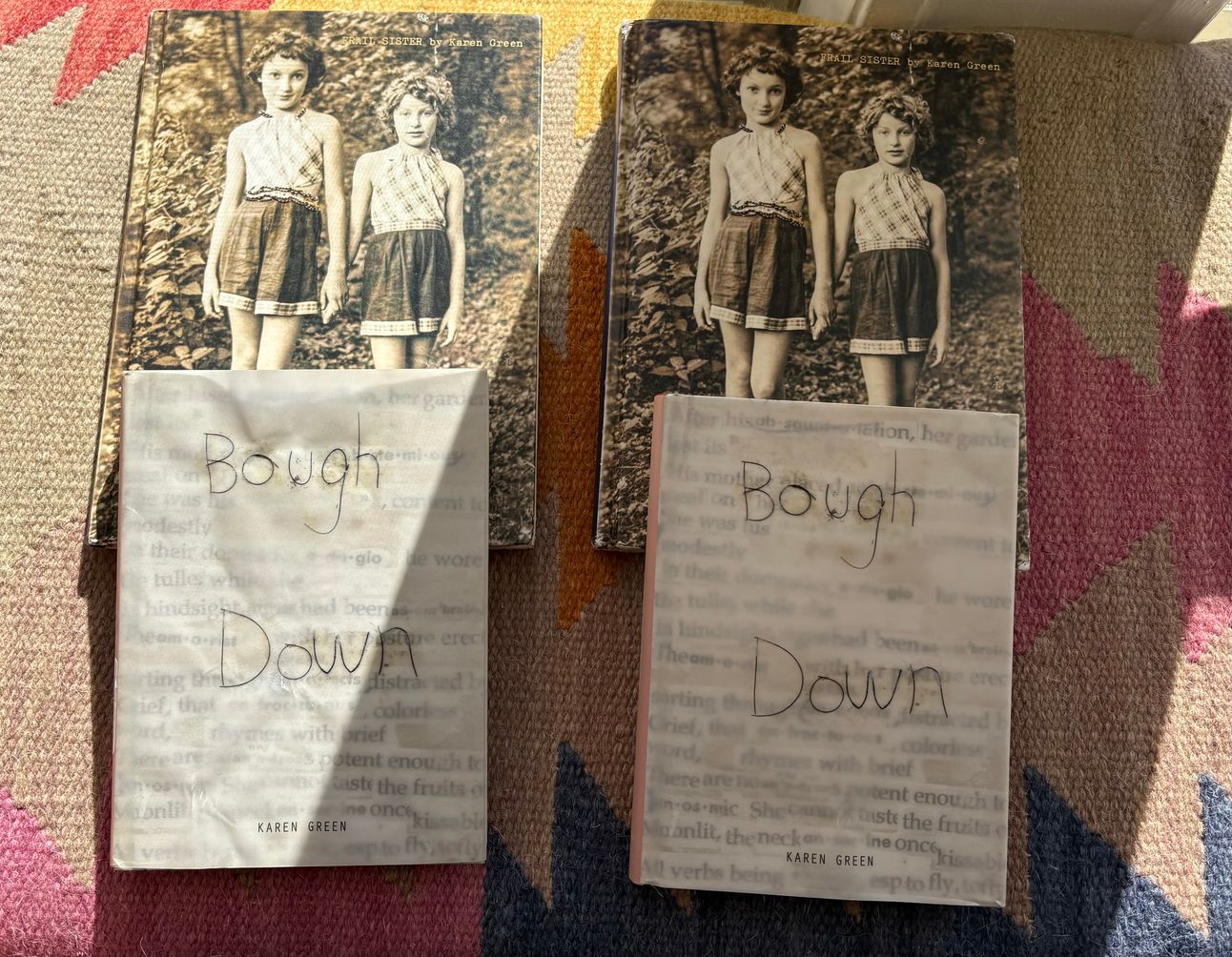You’re reading How to Live—an inquiry into the psychological forces that shape us, and how to stop being run by them.
Through deep research, personal storytelling, and hard-won insight, I challenge the myth of normalcy and offer new ways to face old struggles.
This work is reader-supported. If it speaks to you, consider a paid subscription for deeper insight, off-the-record writing, and seasonal in-person gatherings.
You can also donate any amount.
My friend Nōn Wels, a mental health advocate whose podcasts you should listen to—You, Me, Empathy; We Can’t Do It Alone—created these cards with the artist Ess Crossley. They’re thoughtful, engaging, and can be used in various ways—with students or close friends and partners.
Have a look and consider purchasing as a gift for yourself or others. If you are a teacher or own a store and want to sell or use them, click the link for ways to get in touch with Nōn.
Look for Glimmers & Balance Your Nervous System.
I write this on the Friday before the 2024 election. You’ll receive this the day after; either we’ll know who our next president is or won’t. We’ll be devastated, or elated. Some might be planning to leave the country forever, others might be actively renewing their leases.
I worry there will be violence.
I hope we’ll feel relief and hope.
In the meantime, I’m out here looking for signals to calm myself down and balance my nervous system.
Before I dive into the thick of today’s topic, I need to tell you a wild story.
After a Zoom class I’m taking and right before heading out with Busy for our afternoon walk, I put two books on my little coffee table bench to remind myself I want to look through them when I return.

Then we headed out.
I had a 4 p.m. phone call, and I took it as Busy, and I did our routine romp around our Brooklyn neighborhood.
As I neared a brownstone, I saw two books, side by side, left out for anyone to take. Anyone who knows me knows my favorite number is free.
Still on the phone as the books came into view, I stood stunned before them, saying: “Holy Shit. What the hell? This is wild. This is madness. This is the strangest thing ever,” while the person on the other end rightfully kept asking, “What? What? Tell me!”

I told her, took a photo, and left them there, but when I got to the end of the block, the person on the other end asked me to grab them for her, so I did.

The astrologers and psychics who follow me online (I know, who knew?) all DM’d to tell me it was synchronicity and meant I was on the right path.
Here’s the thing: I walked directly into a concept I’d learned about in my Zoom class, 7 minutes earlier, from the woman who coined the term.
You’ll love this concept. It’s been a game-changer for me. Communities online and off have been formed around this one concept. Upgrade to learn about it.
Join How to Live
For people who live in their heads, feel more than they show, and want a language for both.
Every Essay, Every Time.What you’ll receive as a subscriber::
- Every new essay, the moment it’s published
- Full access to the complete archive—150+ posts and counting
- Bonus pieces and experiments-in-progress, shared occasionally
- Invitations to seasonal, in-person gatherings
- A direct line to me (annual subscribers): personal replies and tailored recommendations
- 15% off all workshops and live events



